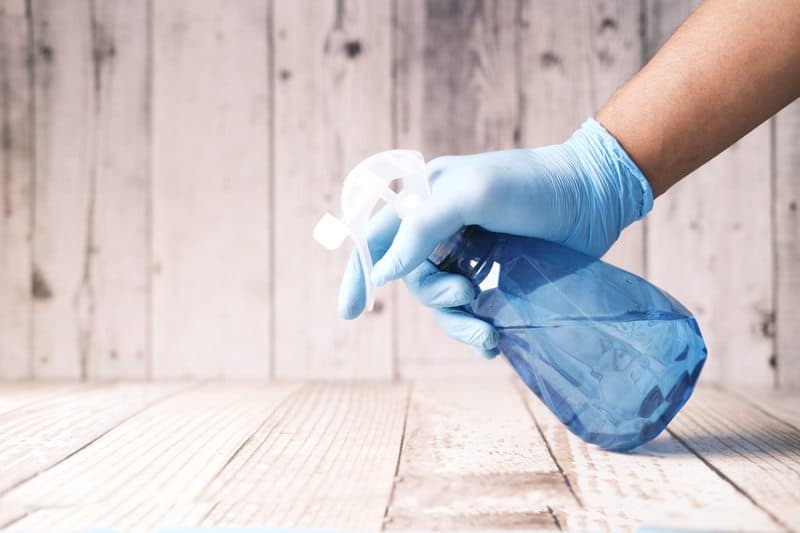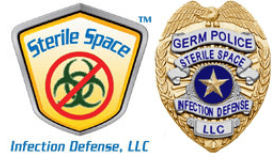
Originally Published by The Conversation
One of the many challenges over the course of the past two years has been in understanding the importance of the different routes of transmission of the SARS-CoV-2 virus that causes COVID. Understanding the role of the different infection pathways plays a vital role in prioritising what we should be doing to prevent disease.
The World Health Organization advises COVID transmission mainly occurs during close personal contact and via aerosols in poorly ventilated or crowded spaces. But the WHO also acknowledges people can become infected by touching their eyes, nose or mouth after coming into contact with contaminated objects or surfaces.
Over time we’ve seen a reduced emphasis on preventing surface transmission and a greater focus on preventing person-to-person and aerosol transmission. This focus reflects how our understanding of transmission pathways has improved but it is still important to understand as much as we can about surface transmission.
>>CLICK HERE to Read the Full Article on TheConverstion.com




